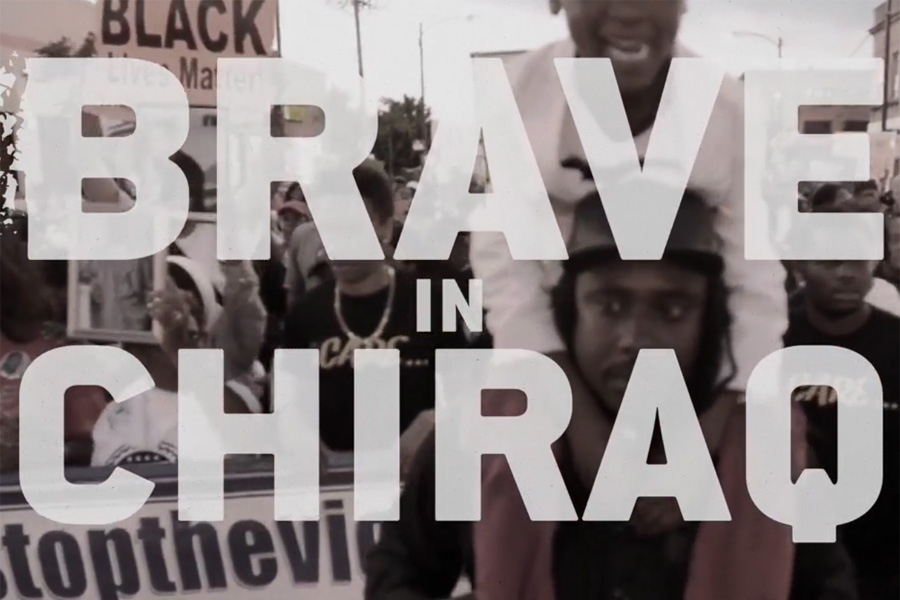As Chicago fights over the status of state tax credits to Spike Lee's Chi-Raq project—I say deny him the money unless he turns it back into, as was promisingly rumored, a musical—another film to use the term is worth your time.
Peter Holderness's short doc Brave in Chiraq, released through Touchvision, focuses on a handful of the people in the city who are trying to counter the violence in their neighborhoods; counter to the narrative you hear when Chicago gets especially violent during the summer, there are lots of people doing that.
Do those people have an effect? They seem to. The Harvard sociologist Robert Sampson has spent much of his career studying Chicago, and his book Great American City: Chicago and the Enduring Neighborhood Effect is in large part about this question. In his studies, he found that in Chicago and other cities, "collective efficacy"—roughly speaking, positive community structures within neighborhoods—was negatively correlated with violence. The existence of nonprofit organizations was predictive of collective efficacy, in Sampson's findings. Those numbers don't get reported as often, in large part because they're very, very difficult to calculate; but they're important, too.



